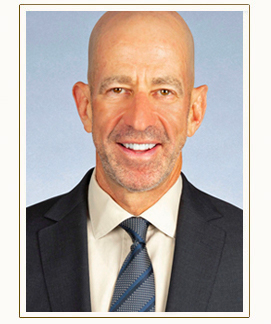By Susan Yubas
Receiving long- term care is expensive. If you or your loved one wants to stay at home but requires assistance to function, how will you pay for it?
Medicare determines whether or not care provided at home will be covered based on whether or not the type of care required is considered medically necessary, or is considered to be more supportive in nature. Medicare calls this type of supportive care “custodial” care.
Custodial care includes support and assistance with activities of daily living (also called ADLs), which include a range of activities from shopping, light housekeeping, and laundry to meal preparation, dressing, bathing, toileting, and help transferring to or from a chair or bed. These services do not require the skills of a nurse, and are usually provided by companions and home health aides. Medicare can cover medical social services, some medical supplies and durable medical equipment like a wheelchair or walker. Each of these requires a referral or prescription from your doctor.
When you need custodial care to help with bathing, dressing, and assistance with household chores, you will have a choice between hiring help through a Medicare certified agency or hiring an independent caregiver on your own. There are pros and cons of each, and you will want to consider the different options in your community.
Long-term care insurance is an option that can help provide a way for you to pay for this care. There may also be community services available that will supplement in-home care and help you make the most of your financial resources.
Skilled care is usually provided by licensed professionals such as nurses and physical and occupational therapists and may also include social workers, some laboratory services and medical equipment. These services, provided under the supervision of a doctor, are considered to be “medically necessary.” Sometimes, this type of care is needed at home when a patient is discharged from a hospital and is part of a treatment plan of care ordered by your doctor. Examples of skilled care include wound care, tube feeding, respiratory therapy and the administration of IV medication.
Get more information on Medicare coverage for home health services here.
Medicaid provides coverage for some long-term care services at home and in the community. Eligibility for Community Based Medicaid is determined by income, resources, age, and disability levels. Medicaid can pay for a number of medical services that can help you continue to live in your home, including home care, personal care aides, adult day care, physical, occupational and speech therapy, and medical equipment such as wheelchairs The need for these services must be certified by a physician and you must receive these services from a Medicaid certified provider.
Get more information about Medicaid eligibility for long-term care here.
Again, it is important to think about long-term care, regardless of whether it is provided at home or in a residential facility, before care is needed. Deciding how and where you receive care is a major decision and it is important to examine all of your options and choices.
Susan Yubas is Director of Business Development at The Bristal Assisted Living. She is also a Certified Senior Advisor and the founder of FYI Senior Living Solutions, Inc.
For more information, visit www.elderlawnewyork.com.





